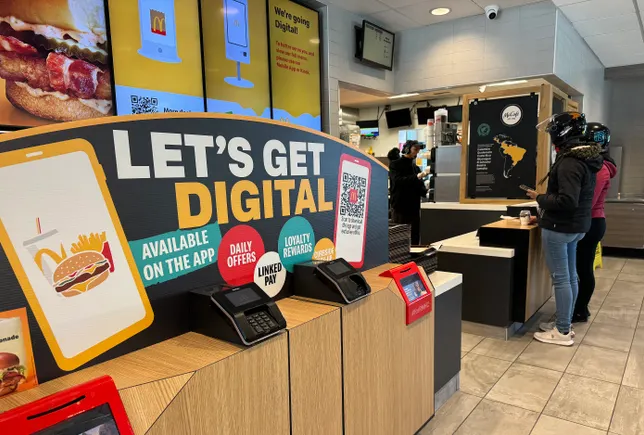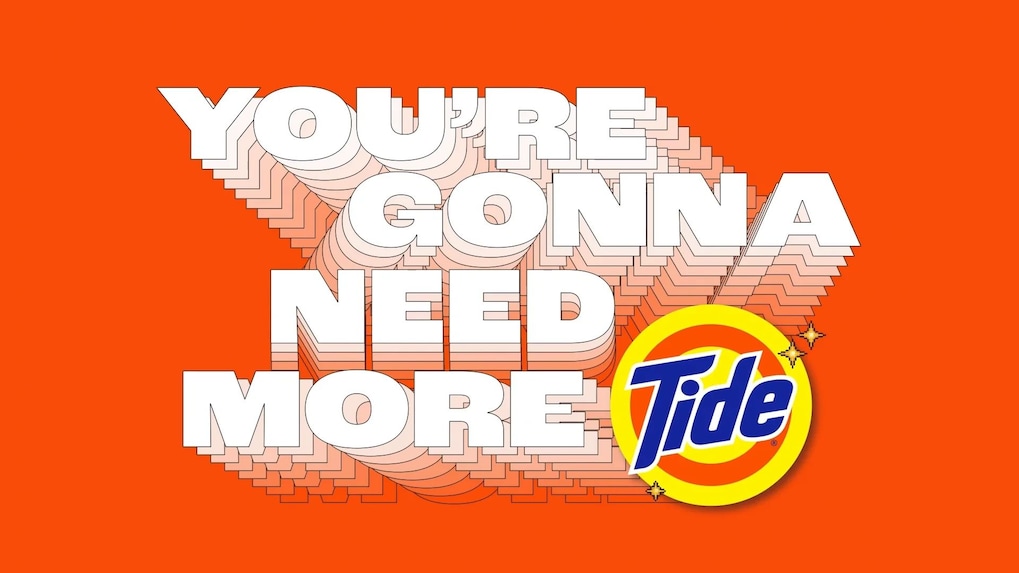“`html
Brands Face Economic Strain from Tariffs and Slowdown
In today’s fast-paced economic climate, brands are facing significant challenges due to escalating costs associated with tariffs and an impending economic slowdown. President Donald Trump’s tariffs currently impose a 145% levy on Chinese imports and a 10% tariff on other international imports. These tariffs are temporarily paused until July, offering a brief respite. However, the looming expiration of this pause has brands strategizing on how to manage their budgets effectively.
As experts predict an economic downturn characterized by reduced consumer spending, brands are compelled to explore cost-saving measures. Marketing teams are at the forefront, being tasked with identifying and implementing strategies to curb expenses while maintaining brand strength and consumer engagement.
Tariffs and Economic Downturn
The tariffs have placed a substantial financial burden on brands reliant on imports. With the high tariffs, brands are experiencing increased costs, forcing them to find innovative ways to absorb these expenses. Simultaneously, the predicted economic downturn is expected to further strain budgets, as consumer spending is anticipated to decline. This dual challenge compels brands to rethink their marketing and operational strategies.
Cost-Cutting Initiatives in Marketing
To navigate these economic hurdles, brands are focusing on cost-cutting initiatives within their marketing departments. Some of the strategies being adopted include:
- Reducing Agency Expenses: Brands are reconsidering their relationships with external agencies, opting to bring more operations in-house to reduce costs.
- Leveraging Data-Driven Marketing: By utilizing data analytics, brands can target their marketing efforts more precisely, ensuring better returns on investment.
- Emphasizing Digital Marketing Channels: With digital platforms offering cost-effective ways to reach consumers, brands are shifting their focus to online marketing strategies.
Industry Insights and Adjustments
Industry leaders are actively sharing insights and adjusting their budgets to mitigate the impact of these economic challenges. For instance, Procter & Gamble has lowered its sales guidance, citing volatile market conditions as a significant factor. Similarly, brands like Alphabet, through Google’s search advertising success, have managed to beat market estimates, showcasing the importance of strategic marketing investments.
Innovative Campaigns and Green Initiatives
In response to these challenges, some brands are embracing innovative campaigns and sustainability initiatives. For example, Slate, an electric vehicle company backed by Jeff Bezos, is implementing unorthodox marketing plans to capture consumer interest. Meanwhile, Dropps, a pioneer in eco-friendly laundry products, is focusing on building its brand as a powerhouse for green products, appealing to environmentally conscious consumers.
Conclusion
As brands navigate this complex landscape, the emphasis remains on strategic cost management and innovative marketing approaches. By adjusting their budgets and leveraging new technologies, brands aim to weather the economic storm and emerge resilient. Staying informed and adaptable in these uncertain times is crucial for brand longevity and success.
“`












Leave a Reply